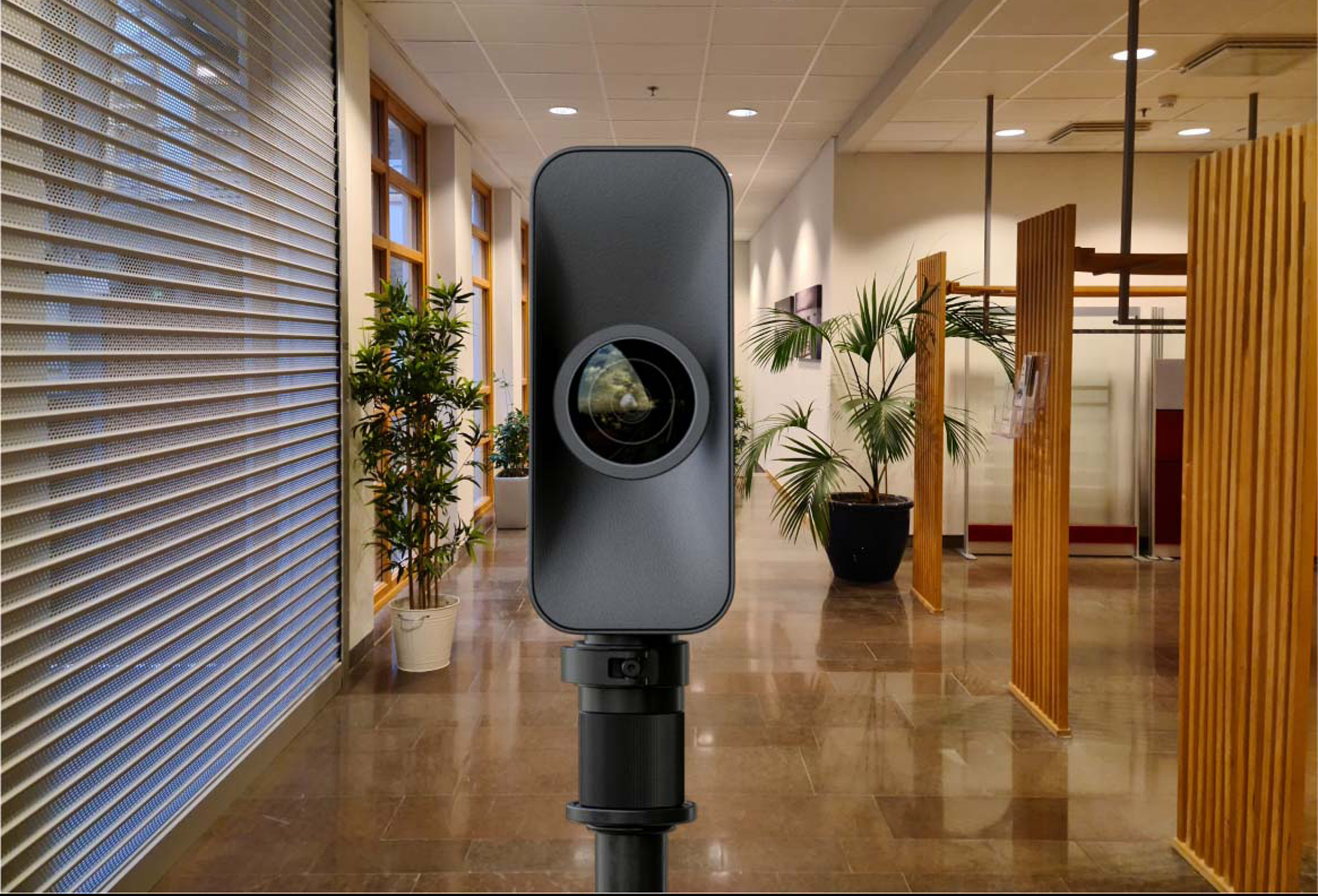Introduction to Matterport Technology
Matterport is revolutionising how we view spaces, providing cutting-edge technology that creates fully immersive 3D virtual tours. Initially developed for the real estate industry, Matterport’s applications have expanded significantly, proving invaluable to interior designers and event planners. By capturing detailed, interactive 3D models of physical spaces, Matterport offers an unparalleled way to explore and present properties, designs, and event venues.
Benefits of Using Matterport for 3D Virtual Tours
Matterport’s 3D virtual tours offer a host of advantages. These tours provide a comprehensive view of a space, allowing viewers to explore every nook and cranny from the comfort of their own home. High-resolution imaging and precise spatial data combine to create a realistic and engaging experience. This level of detail can highlight a property’s best features, showcase a design’s intricacies, or display a venue layout’s versatility.
Another significant benefit is accessibility. Potential buyers, clients, or guests can access the virtual tour at any time, from anywhere in the world. This flexibility reduces the need for physical visits, saving time and resources for all parties involved. Furthermore, the seamless integration of Matterport tours into websites and social media platforms enhances online marketing efforts, attracting a broader audience.
Enhancing the Sales Process for Real Estate Professionals
For real estate professionals, Matterport technology is a game-changer. The immersive nature of 3D virtual tours profoundly impacts the sales process, making it easier to attract and engage potential buyers. High-quality visuals and an interactive experience help create an emotional connection, which is crucial in decision-making. Clients can virtually walk through a property, getting a genuine feel for its layout and features without setting foot inside.
Matterport London has become increasingly popular for real estate, architecture, and interior design, but its use extends beyond these sectors. It is employed by industries like retail, construction, insurance, and tourism to create immersive, high-fidelity models of physical environments.
Additionally, using Matterport can speed up the sales cycle. By offering a detailed and accurate representation of the property, potential buyers can make informed decisions more quickly. This transparency can lead to faster transactions and increased satisfaction for both buyers and sellers.
Successful Implementation of Matterport in Various Industries
Matterport’s success isn’t limited to real estate. Interior designers use it to present design concepts to clients, showcasing how a space will look once completed. The ability to visualise designs in 3D helps clients understand and appreciate the designer’s vision, facilitating smoother project approvals and revisions.
Event planners also benefit from Matterport’s capabilities. Creating virtual tours of event venues allows clients to explore different setups and configurations, ensuring that the chosen venue meets their needs. This feature is especially useful for destination events, where clients may not have the opportunity to visit the location in person before making a decision.
A case study from a leading real estate agency highlights the tangible benefits of Matterport. By integrating 3D virtual tours into their marketing strategy, the agency saw a 30% increase in engagement on property listings and a 20% reduction in time-to-sale. Another example from an interior design firm demonstrated how Matterport helped secure a major contract by allowing the client to visualise the proposed design in unprecedented detail.
Future Outlook and Potential Advancements
The future of Matterport technology looks promising, with continuous advancements poised to further enhance its capabilities. Developments in augmented reality (AR) and virtual reality (VR) are expected to integrate seamlessly with Matterport, offering even more immersive experiences. These technologies will enable users to interact with spaces in new and exciting ways, such as customising virtual environments or overlaying design elements in real time.
Moreover, improvements in AI and machine learning are likely to enhance Matterport’s accuracy and functionality. These advancements could lead to more automated capture processes, reduced turnaround times, and even more detailed and personalised 3D models.
Conclusion
Matterport technology is transforming how real estate professionals, interior designers, and event planners operate. By offering immersive 3D virtual tours, it enhances the presentation and exploration of spaces, leading to more informed decisions and streamlined processes. As Matterport continues to evolve, its applications and benefits are set to expand, making it an essential tool for professionals looking to stay ahead in their fields.
